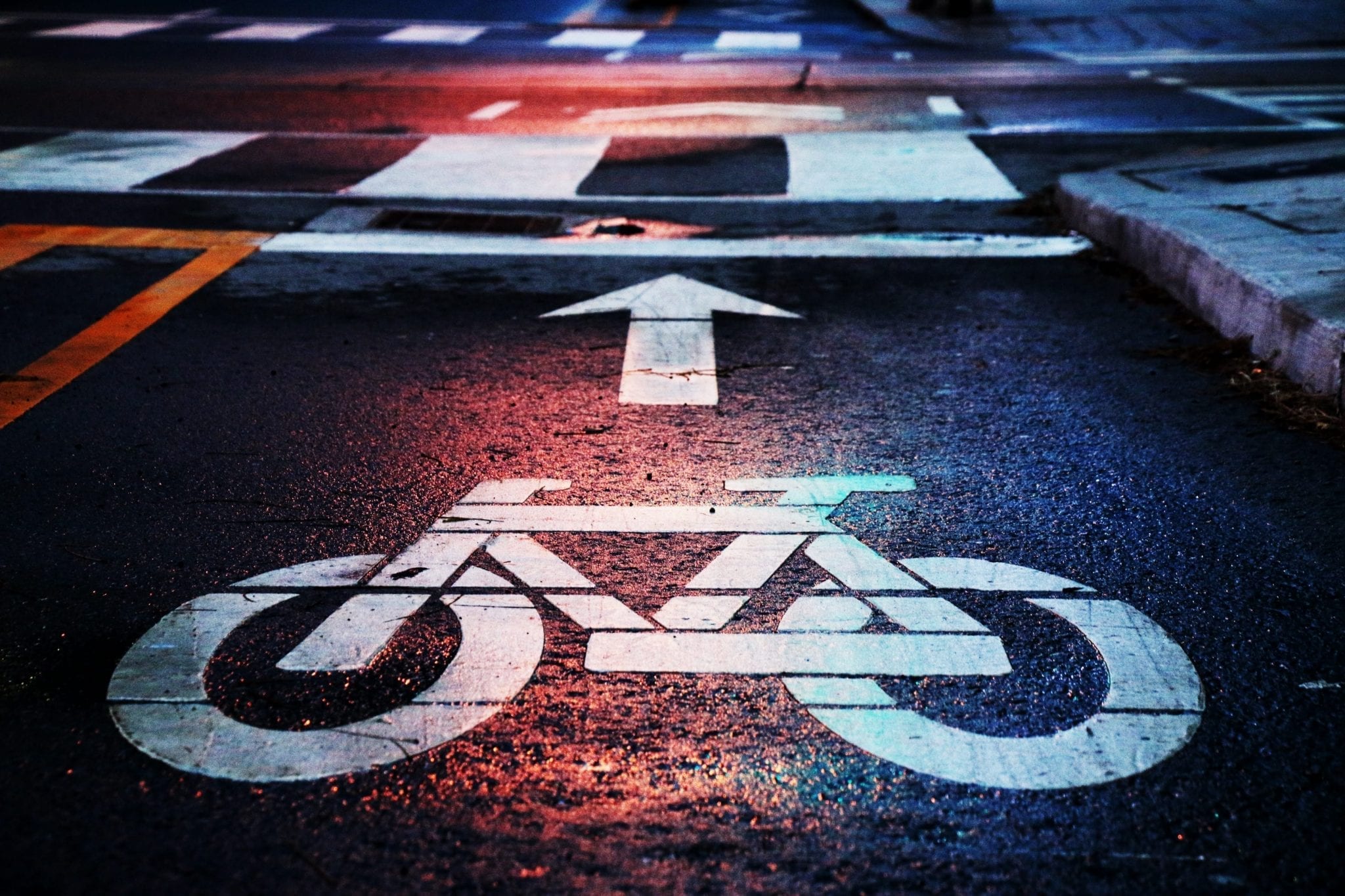Bicycle Accident Injuries: Liability, Compensation, and Safety Measures

Bicycle Accident Injuries: Liability, Compensation, and Safety Measures
With their freedom and eco-friendliness, bicycles are certainly becoming a very popular form of personal transportation. But as the number of cyclists sharing the road rises, so does the risk of bicycle accidents. These accidents can lead to severe injuries and life-altering consequences and so it’s important to shed some light on the causes of these accidents, determine liability, seek compensation, and emphasize safety measures.Don’t take bicycle accidents lightly. You need legal help here as much as you do in the case of a car accident or another form of property damage due to someone else’s mistake. It’s important to get in touch with a Seattle personal injury law firm as soon as possible to evaluate your options.Causes and Common Types of Bicycle AccidentsBicycle accidents can occur due to a variety of factors, with the most common one being the lack of awareness and visibility of cyclists on the road. Motor vehicle drivers can easily fail to notice cyclists, especially in areas with heavy traffic or inadequate lighting. This can lead to dangerous collisions where the cyclist can suffer significantly more damage than a car.Driver negligence is also a common cause. For example, distracted driving or speeding can lead to accidents almost as easily as disobeying traffic signals can. Cyclists are vulnerable road users with little to no vehicle protection, so, even a momentary lapse in attention can have severe consequences.Road hazards and poorly maintained infrastructure also pose significant threats to cyclists.Some of the most common types of bicycle accidents include “dooring” incidents where a parked vehicle’s door suddenly opens in front of an approaching cyclist and “right hook” accidents where a motor vehicle turns right without yielding to the cyclist going straight.There are also “left turn” accidents meaning when the vehicle turns left in front of an oncoming cyclist. And then there are also side-swipe collisions that involve pedestrians.Determining Liability in Bicycle AccidentsYou need to consider the actions of all parties involved to correctly determine liability. This can include pedestrians alongside any motorists and cyclists. The most common cases are when a motor vehicle driver’s negligence causes the accident and, in this case, the liability falls on the driver for failing to exercise reasonable care and caution when operating their vehicle.
 Bicycle on its side in the middle of a dark street with a car nearby; image by Ian Valerio, via Unsplash.com.
Bicycle on its side in the middle of a dark street with a car nearby; image by Ian Valerio, via Unsplash.com.
Staying visible is crucial for cyclist safety, especially during low-light conditions or inclement weather. Wearing brightly colored clothing and using reflective gear can make you more noticeable to motorists and pedestrians.
Following traffic laws is essential for cyclist safety. Obeying traffic signals, using hand signals to indicate turns, and staying in designated bike lanes or the rightmost lane of the road can help you avoid accidents.
Cyclists should be aware of their surroundings and anticipate potential risks.
Avoid distractions and focus on the road ahead to prevent accidents caused by sudden hazards or unexpected movements of other road users.
Preserving evidence is vital for building a strong case. This includes taking photos of the accident scene, injuries, and damage to the bicycle. Gathering contact information from witnesses and obtaining a copy of the police report can also be helpful.

About Bilal Sajjad
Let me introduce myself, the editor of Beauty Lies Truth. I love traveling and visiting new places, and tend to bring comfort into the trip. I love spicy food, anything with lemon, nature, and I don't understand the point of taking a picture without one of us appearing in it.
